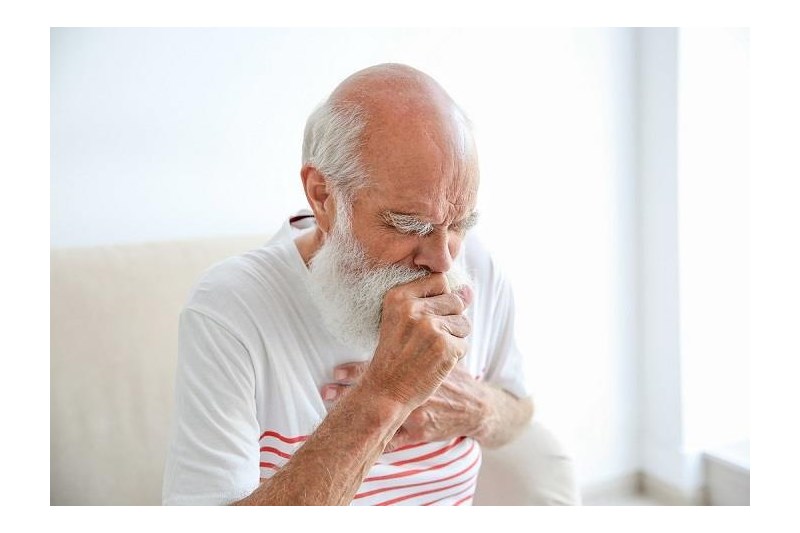New covid guidelines unlikely to bring 'business as usual' back to dentistry
The British Dental Association (BDA) has said new standard operating procedures for dentists in England, published recently, are unlikely to represent a silver bullet for restoring patient access to services.
Published: 26/11/2021
The new model places patients on two pathways, given the likelihood of them suffering from respiratory illness.
It replaces restrictions that have been all but universal for most treatments and most patients since the first lockdown, which has radically reduced capacity across the service.
Those on the non-respiratory pathway can be managed in line with pre-covd standard infection control precautions. Any placed on the respiratory pathway will remain subject to enhanced precautions, including maintaining 'fallow time' gaps of up to an hour between treatments. Screening to determine the pathway will take place both before attendance and on arrival at the practice.
Dentist leaders anticipate a relatively high proportion of the population may find themselves on the respiratory pathway as the country heads into winter, given traditional patterns with seasonal flu and the common cold, even setting aside any surge in covid rates.
Over 35 million NHS dental appointments have been lost since the first lockdown, driven by ongoing restrictions. The service has not received a penny of additional investment from the government's multi-billion-pound NHS 'catch up' programme to help bring down these backlogs, despite pressure from Healthwatch England and a growing number of MPs.
Unlike their colleagues in other UK nations, dentists in England have received no capital funding to invest in ventilation systems that can allow for increased patient volumes while keeping to covid restrictions.
Eddie Crouch, BDA chair, said, "We have long called for a roadmap to ease covid restrictions. This approach is progress but will not represent a silver bullet for the tens of millions left without access to dental care.
"We cannot realistically expect a return to 'business as usual' as we head into winter given surging rates of respiratory disease.
"These new guidelines may help increase patient volumes but will barely make a dent into the unprecedented backlogs we now face. Without needed support from government we will continue to struggle to deliver for the patients that need us."
Author: N/A











.jpg?width=150&height=100&scale=canvas)

